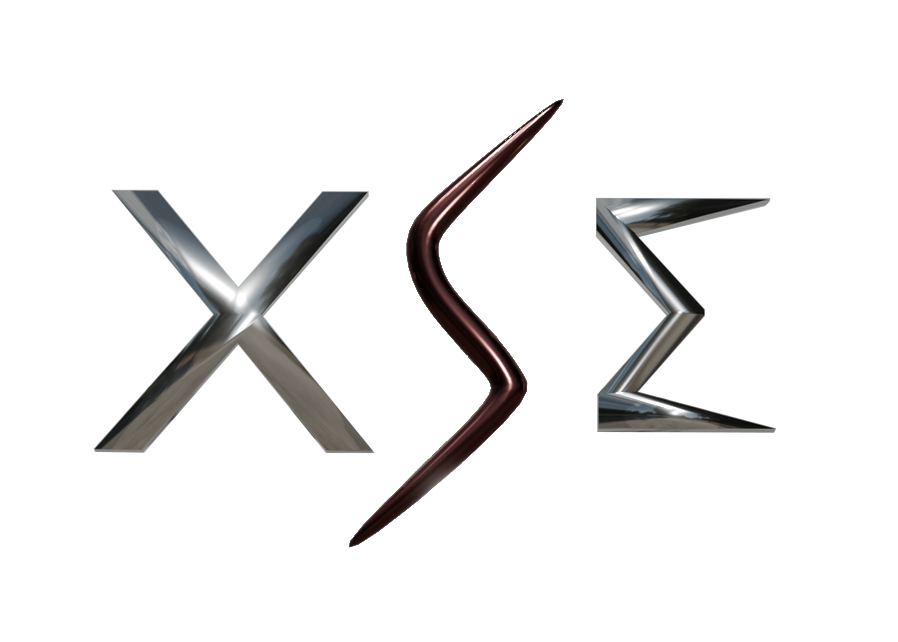Jejunum: The Primary Site of Nutrient Absorption in the Small Intestine
The jejunum is the middle section of the small intestine, responsible for absorbing the majority of nutrients from digested food. It is lined with millions of villi and microvilli, which increase the surface area to maximize nutrient absorption into the bloodstream.
Structure & Location of the Jejunum
🔹 Second Section of the Small Intestine – Located between the duodenum (first section) and ileum (final section).
🔹 Measures About 8 Feet (2.5 Meters) in Length – Makes up about 40% of the small intestine.
🔹 Highly Folded Surface for Maximum Absorption 🏗️ – Lined with villi and microvilli to enhance nutrient uptake.
🔹 Rich in Blood Supply 🩸 – Allows rapid nutrient transport into circulation.
💡 The jejunum is essential for transferring nutrients from food into the body’s bloodstream.
Functions of the Jejunum
✔ Absorbs Nutrients 🩸 – Transfers amino acids, sugars, fatty acids, vitamins, and minerals into the blood.
✔ Continues Digestion 🔄 – Breaks down proteins, fats, and carbohydrates that were processed in the duodenum.
✔ Regulates Water Balance 💧 – Absorbs water along with nutrients to prevent dehydration.
✔ Moves Food to the Ileum 🚀 – Uses peristalsis (muscle contractions) to push digested material forward.
✔ Supports the Gut Microbiome 🦠 – Houses beneficial bacteria that aid in digestion and immunity.
💡 Most of the body’s essential nutrients are absorbed in the jejunum.
How the Jejunum Absorbs Nutrients
1️⃣ Carbohydrates → Simple Sugars (Glucose, Fructose, Galactose)
- Absorbed via transport proteins and enter the bloodstream.
2️⃣ Proteins → Amino Acids
- Absorbed into blood capillaries for muscle and enzyme formation.
3️⃣ Fats → Fatty Acids & Glycerol
- Absorbed into the lymphatic system before reaching the bloodstream.
4️⃣ Vitamins & Minerals
- Fat-soluble vitamins (A, D, E, K) dissolve in fats.
- Water-soluble vitamins (C, B-complex) and minerals (iron, calcium, magnesium) are absorbed into the bloodstream.
💡 Without the jejunum, the body would struggle to absorb essential nutrients needed for survival.
Key Structures Inside the Jejunum
| Structure | Function |
|---|---|
| Villi & Microvilli 🏗️ | Increase surface area for maximum absorption |
| Capillaries 🩸 | Absorb amino acids, sugars, and water-soluble vitamins |
| Lacteals (Lymph Vessels) 🏥 | Absorb dietary fats and fat-soluble vitamins |
| Goblet Cells 🧪 | Produce mucus to protect the lining of the intestine |
| Smooth Muscle 🚀 | Moves food forward through peristalsis |
💡 These structures work together to absorb nutrients efficiently.
Common Disorders Affecting the Jejunum
🚨 Damage or disease in the jejunum can lead to malnutrition and digestive problems:
| Condition | Cause | Symptoms |
|---|---|---|
| Celiac Disease 🌾 | Autoimmune reaction to gluten damages villi | Malabsorption, diarrhea, fatigue |
| Crohn’s Disease 🔥 | Chronic inflammation damages the small intestine | Abdominal pain, weight loss, nutrient deficiencies |
| Short Bowel Syndrome (SBS) 🚨 | Surgical removal of part of the jejunum | Severe nutrient deficiencies, dehydration |
| Bacterial Overgrowth (SIBO) 🦠 | Excess bacteria in the small intestine | Bloating, malabsorption, diarrhea |
| Lactose Intolerance 🥛 | Inability to digest lactose sugar | Gas, bloating, abdominal cramps |
💡 Maintaining gut health and avoiding inflammation protects the jejunum.
How to Keep Your Jejunum Healthy
✅ Eat a Balanced, Nutrient-Dense Diet 🥦 – Supports proper nutrient absorption.
✅ Include Fiber & Probiotics 🦠 – Strengthens the gut microbiome for better digestion.
✅ Stay Hydrated 💧 – Ensures smooth movement of food and nutrient transport.
✅ Avoid Processed & High-Sugar Foods 🚫 – Prevents gut inflammation and bacterial imbalance.
✅ Chew Food Thoroughly 🍽️ – Helps enzymes break down nutrients effectively.
✅ Limit Alcohol & Toxins 🚨 – Protects the intestinal lining and reduces irritation.
💡 A gut-friendly diet and hydration help maximize jejunal function.
Final Takeaway: The Jejunum is the Body’s Nutrient Absorption Center
💡 The jejunum is the middle section of the small intestine, responsible for absorbing most nutrients from food and delivering them to the bloodstream.
✅ Breaks down and absorbs proteins, fats, carbohydrates, vitamins, and minerals.
✅ Lined with villi and microvilli to increase absorption surface area.
✅ Works with the pancreas, liver, and gallbladder to complete digestion.
✅ Disorders like celiac disease and Crohn’s disease can damage the jejunum and cause malabsorption.
✅ A healthy diet, hydration, and gut-friendly foods support jejunal function.
